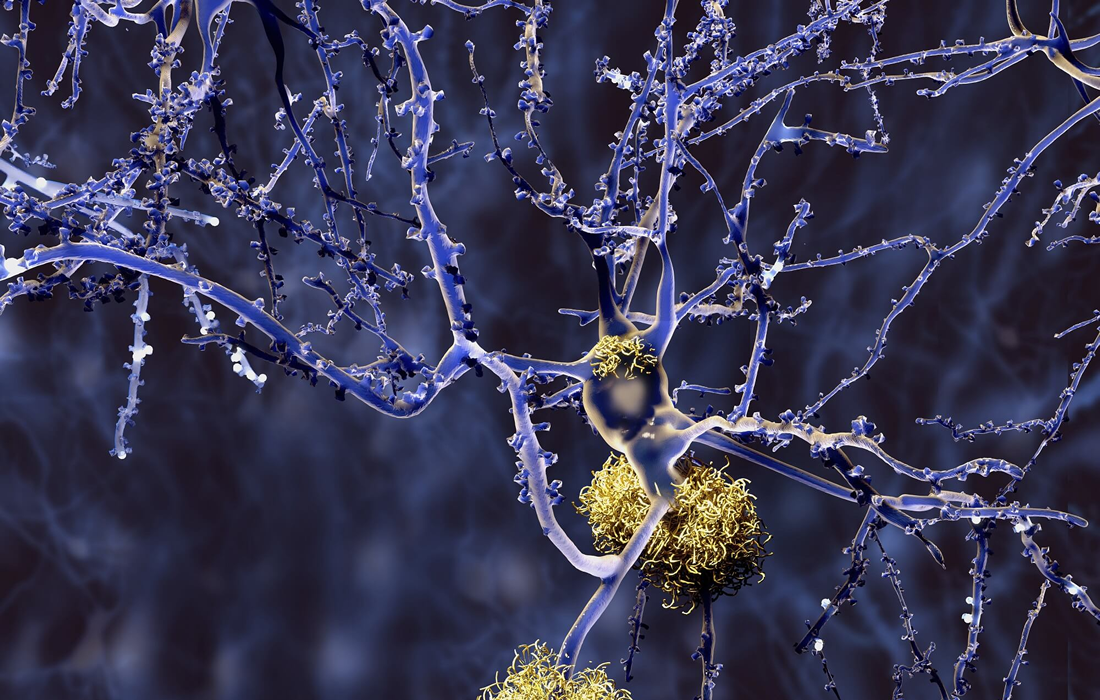Regenerative Medicine News and General Information
A new mechanism by which exercise protect against Alzheimer’s disease
Regular physical activity has a wide range of health benefits. These include a reduced risk of cardiovascular disease, type 2 diabetes, various mental health conditions, and dementia. Studies show that people who are physically active are less likely to experience a decline in their mental function and have a lowered risk of developing Alzheimer’s disease. Physical activity is one of the known modifiable risk factors for dementia. Plus, regular exercise helps combat other Alzheimer’s disease risk factors, such as depression and obesity.
Exercising several times a week for 30 to 60 minutes may:
- Keep thinking, reasoning and learning skills sharp for healthy individuals.
- Improve memory, reasoning, judgment and thinking skills (cognitive function) for people with mild Alzheimer’s disease or mild cognitive impairment.
- Delay the start of Alzheimer’s for people at risk of developing the disease or slow the progress of the disease.
- Increase the size of the part of the brain that’s associated with memory formation (hippocampus).
Alzheimer’s disease is the most common form of dementia. It causes the degeneration of parts of the brain that play a role in thinking, memory, and language. In 2020, up to 5.8 million people in the United States were living with the disease. Most cases are associated with age-related disease and genetic risk factors, but lifestyle factors, such as physical activity and non nutritious diet also play important roles.
Previous research in a mouse model of Alzheimer’s disease showed that exercise might even reverse some of the cognitive impairments that characterize this form of dementia. A new study in mice suggests that exercise may protect against Alzheimer’s disease by improving the regulation of iron metabolism in the brain. Also, regular exercise reduces circulating levels of a protein called interleukin-6 that promotes inflammation and that may also change the way in which the brain stores iron.
Research has linked the accumulation of iron in the brain and changes in iron metabolism to the formation of a toxic protein called beta-amyloid that characterize the disease. Regular exercise can improve iron metabolism and prevent the buildup of this mineral in the brain.
In this new study, the scientists compared mice genetically predisposed to develop Alzheimer’s with ordinary, or wild-type mice. Half of the mice had free access to an exercise wheel in their cages, whereas the other animals led a more sedentary life. After 6 months, they measured the levels of iron and the proteins essential for regulating it in the brains and muscles of the mice and discovered that running altered iron metabolism and transport in the brain and increased the iron content of muscle.
Exercise reduced the levels of ferritin and hepcidin, which promote iron storage in the cortex of the brain and also decreased the amount of beta-amyloid in the brains of the mice that were predisposed to develop Alzheimer’s. The levels of Interleukin-6 were lower in the cortex and plasma of the animals that exercise.
The study highlights the importance of iron dysregulation in Alzheimer’s and demonstrated that long-term exercise modulates iron homeostasis in the brain and skeletal muscles in both mice that had Alzheimer’s and wild type mice. The researchers speculate that the same mechanisms happen in humans and that by suppressing IL-6, regular exercise helps shield the brain from the disruption of iron homeostasis
Source link: https://www.medicalnewstoday.com/articles/exercise-may-stave-off-alzheimers-by-regulating-iron-levels-in-the-brain

